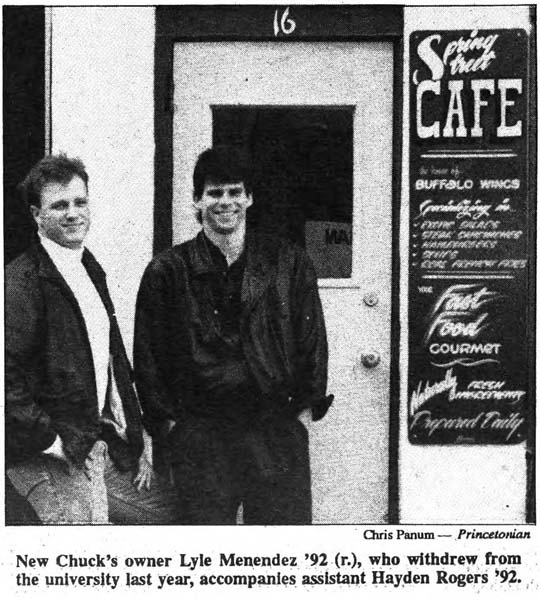
Introduction
The Menendez brothers, Lyle and Erik, have become synonymous with one of the most sensational murder cases in American history. The tragic events surrounding their parents’ deaths in the early 1990s have led to profound discussions about familial relationships, social dynamics, and the justice system. Their story remains particularly relevant today as issues of mental health, abuse, and the complexities of justice continue to resonate with audiences worldwide.
The Case Overview
In 1989, José and Kitty Menendez were brutally murdered in their Beverly Hills home. The shocking crime sent waves through the nation, but the case took an unexpected turn when the Menendez brothers emerged as suspects. Lyle, then 21, and Erik, 18, initially presented themselves as mourning sons, but their trial revealed allegations of emotional and physical abuse at the hands of their parents.
During the high-profile trial in 1993-1994, the prosecution portrayed the brothers as cold-blooded killers motivated by financial gain. In contrast, the defense shed light on their traumatic upbringing, presenting a narrative of psychological horror that the brothers claimed had driven them to kill. Ultimately, both brothers were convicted of first-degree murder and sentenced to life without parole.
Media Impact and Public Fascination
The Menendez brothers case captivated media attention, becoming a fixture in American pop culture. Documentaries, television shows, and reenactments have attempted to dissect the complex layers of this tragic story, offering various interpretations of the brothers’ motives and the surrounding circumstances.
In recent years, renewed interest in the case has emerged, especially with the advent of true crime podcasts and series. These platforms have explored the psychological elements of the case, making the Menendez brothers a topic of discussion across social media, academic forums, and casual conversations.
Conclusion and Significance
The Menendez brothers not only represent a pivotal moment in criminal justice but also evoke ongoing conversations about the far-reaching effects of familial abuse. Their story serves as a case study illustrating the complexities of trauma, mental health, and the legal system. As public awareness becomes increasingly focused on these critical issues, the Menendez brothers’ legacy continues to challenge our understanding of morality and justice in society. Readers are encouraged to consider both the psychological impacts of family dynamics and the implications of the justice system as new discussions about the case emerge.


